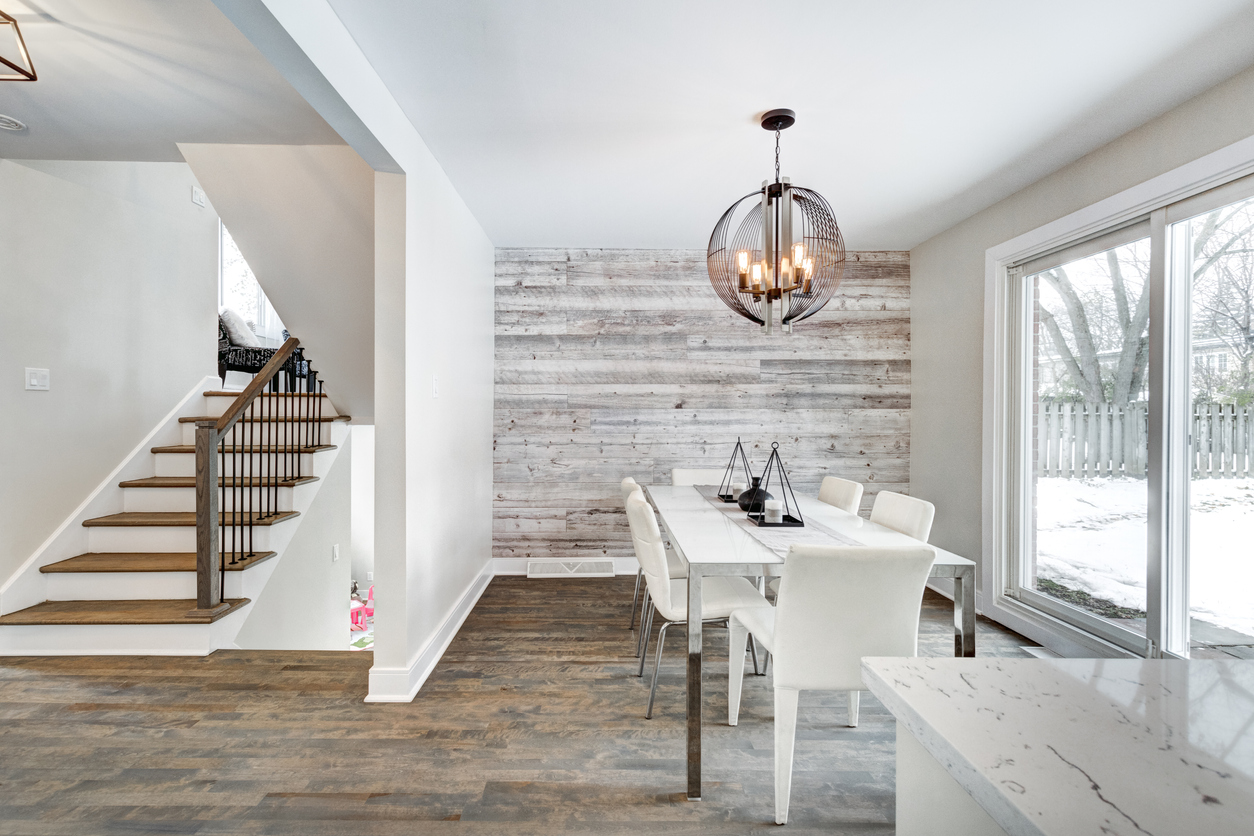Professional home staging is truly an art and a science all in one. While professional home stagers will always outdo the DIYer, it’s not always possible to rely on the help of an expensive expert opinion. If you are hoping to get as many interested buyers as possible, making a great first impression is key. These home staging hacks will ensure you don’t send potential buyers running the other direction.
Focus on Negative Space
Sellers hear it all the time–decluttering is crucial to the home selling process. However, there is more to proper staging than your typical decluttering session. The trick is creating negative space and the appearance of more room. Utility items (like keys and power cords for instance) and even reasonably-full closets can contribute to clutter here. Leaving closets filled half-way and removing visually unappealing items can create the sense that there is more storage and that the home is roomy.
Remove Personal Mementos
That old baseball mitt from your first little league championship may bring you fond memories, but it can turn off a potential buyer. Some buyers have difficulty picturing themselves in what is clearly someone else’s home. Clear away all sentimental trinkets, and leave a blank slate. Only then can your buyers truly see the property’s potential as something they can make their own.
Tend to Little Details
Freshly made beds, vases filled with flowers, tables set and ready for the next meal, and a pleasant aroma, all contribute to the little details that make a home feel inexplicably welcoming. When decorating go for neutral tones and fresh greenery to add a pop of warmth. Think of a typical seen on a home magazine and replicate that feel. A generic-but-welcoming effect perfectly accents any style, making it easy for your potential buyers to picture their personal interests in the home.
Rearrange Furniture
Ideally, you removed some of your day-to-day furniture from the home during the decluttering process. Don’t be afraid to choose aesthetics over practicality when you are staging the home. Avoid centering all furniture at a TV, for instance. Ensure that your layout allows the to take center stage, not an electronic device. You can always rearrange the furniture back after viewings, if needed.
Home staging can have its fair share of challenges, but with these hacks in their arsenal, the savvy DIYer can still have an impact on their home’s potential right away.











